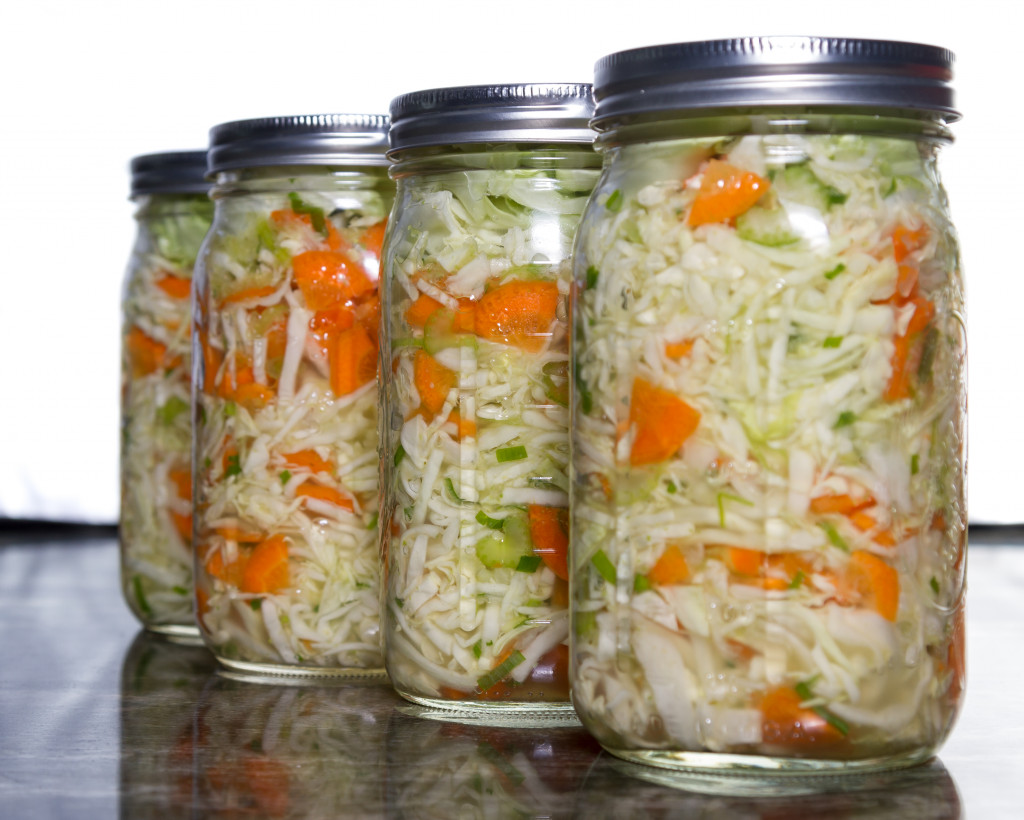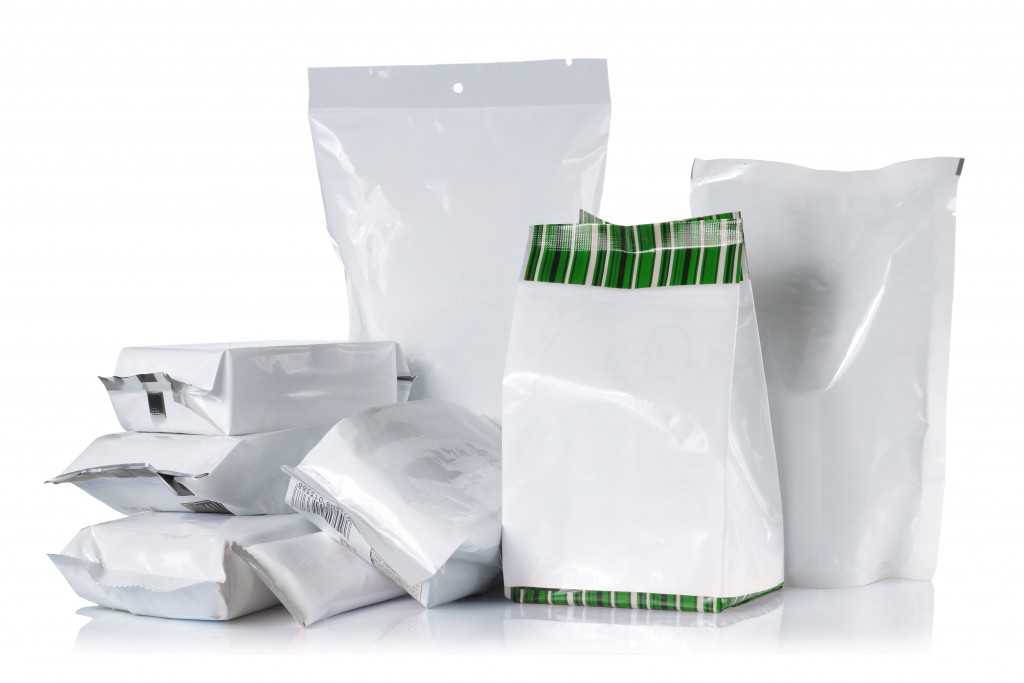- Utilize UV disinfection to effectively sanitize and sterilize food packaging materials while ensuring all surfaces come into contact with UV.
- Select packaging materials with the right protective qualities to safeguard food from contamination.
- Ensure packaging is strong enough to resist damage during shipping, loading, and unloading.
- Design packages to keep oxygen out to preserve product quality and prevent spoilage.
Food safety is an essential issue for consumers and producers alike. Packaging protects food from contamination, spoilage, and other hazards. It’s necessary to use suitable materials when packaging food products to ensure they remain safe until they reach the consumer. With careful consideration of these factors, producers can create effective packaging solutions to keep their food products safe throughout the entire supply chain process.
Utilize UV disinfection
Utilizing UV disinfection is an essential part of ensuring the safety of food packaging materials and is being more widely used as a form of sanitization than ever before. The UV radiation from the light can effectively kill off bacteria, mold, and other types of organisms that could potentially cause harm if ingested.
Many businesses are acquiring equipment for UV disinfection to ensure that their food packaging materials are well-protected. This equipment offers a much more reliable sterilization method than manual cleaning. Additionally, this type of equipment ensures that all surfaces come into contact with the ultraviolet light, which helps to provide further guarantees that any microorganisms or pathogens will be taken care of.
Use quality packaging materials.
Here are some tips on how to ensure quality packaging materials for your food products:
Choose packaging materials that protect the food from contamination.
Regarding food packaging, safeguarding products from contamination is an essential step in the process. Tooling up with suitable materials is crucial since many foods are vulnerable to physical, chemical, and microbial hazards. Proper protection for your packaged food will keep it safe during transport and prevent potential safety risks for consumers.
Therefore, selecting packaging materials with the right protective qualities should be a priority. This means considering features like strength resistance and barrier properties to ensure the material can effectively keep out microorganisms and maintain product integrity over time.
Make sure packaging is strong enough
Ensuring safety in food packaging materials is paramount to protecting consumers and preserving the product’s quality. That’s why providing packaging that is strong enough to resist damage during transportation and loading/unloading processes is essential.
This can come down to basics such as reinforcing corners, avoiding overfilling, adding extra layers of cushioning, and ensuring all elements are adequately sealed. These steps provide additional protection to ensure fragile products do not break or leak during their journey.
Additionally, identifying methods with these goals can help companies save money in the long run by reducing potential losses due to damaged items or increased freight costs caused by overfilled boxes that weigh too much for a single package. Ultimately, securing adequate strength for packaging helps provide a safe and successful delivery for food products and lets consumers rest assured that their purchases are adequately protected.
Design packages to keep oxygen out

An effective package design must ensure oxygen is kept out of the package and spoilage can be minimized or prevented. This is important as oxygen exposure can lead to changes in color, texture, and flavor of food products, while avoiding spoilage can prevent disclosure to potentially harmful bacteria and other contaminants.
To uphold the integrity of food products, some protective barriers such as aluminum foil and vacuum-sealed plastic may be implemented into the design. Sealing techniques such as shrink-wrapping and welding are also utilized to help preserve food quality. Properly designed packages can aid consumers in consuming safe foods but more importantly help keep businesses out of legal trouble for violating safety guidelines.
Use tamper-proof seals
Using tamper-proof seals in conjunction with other indicators of authenticity such as barcodes, numbering systems, and unique identifiers can be an effective way to ensure the safety of food packaging materials. These seals indicate if the food product has been opened or tampered with upon delivery. Such measures also help assure customers that they purchase a legitimate item, not a low-quality knockoff, ensuring greater customer satisfaction.
The use of these seals is not only crucial for maintaining customer trust but also helps to protect against counterfeiting and fraud in the food packaging industry. Companies can use readily available technological advances to provide customers better protection for food products.
Label all packaging with accurate information

Proper labeling of food packaging materials is critical for the safety of consumers and must never be overlooked. Labels should contain accurate and detailed information about the ingredients and necessary facts about nutrition, storage instructions, disclaimers, and any other important information needed to properly ensure safety when consuming the product.
This is especially important considering that some food products can be hazardous if consumed improperly or stored incorrectly, making it essential for manufacturers to label them accordingly.
Additionally, labels are required by many laws such as guidance from the Food and Drug Administration (FDA) in terms of underage drinking or marketing products towards children; neglecting to label properly could jeopardize consumer safety as well as lead to possible legal consequences.
These are just some ways businesses can use suitable packaging materials and techniques to ensure food safety. With a greater understanding of the importance of food safety, producers can take extra steps to create effective packaging solutions that will keep their food products safe throughout the entire supply chain process.
